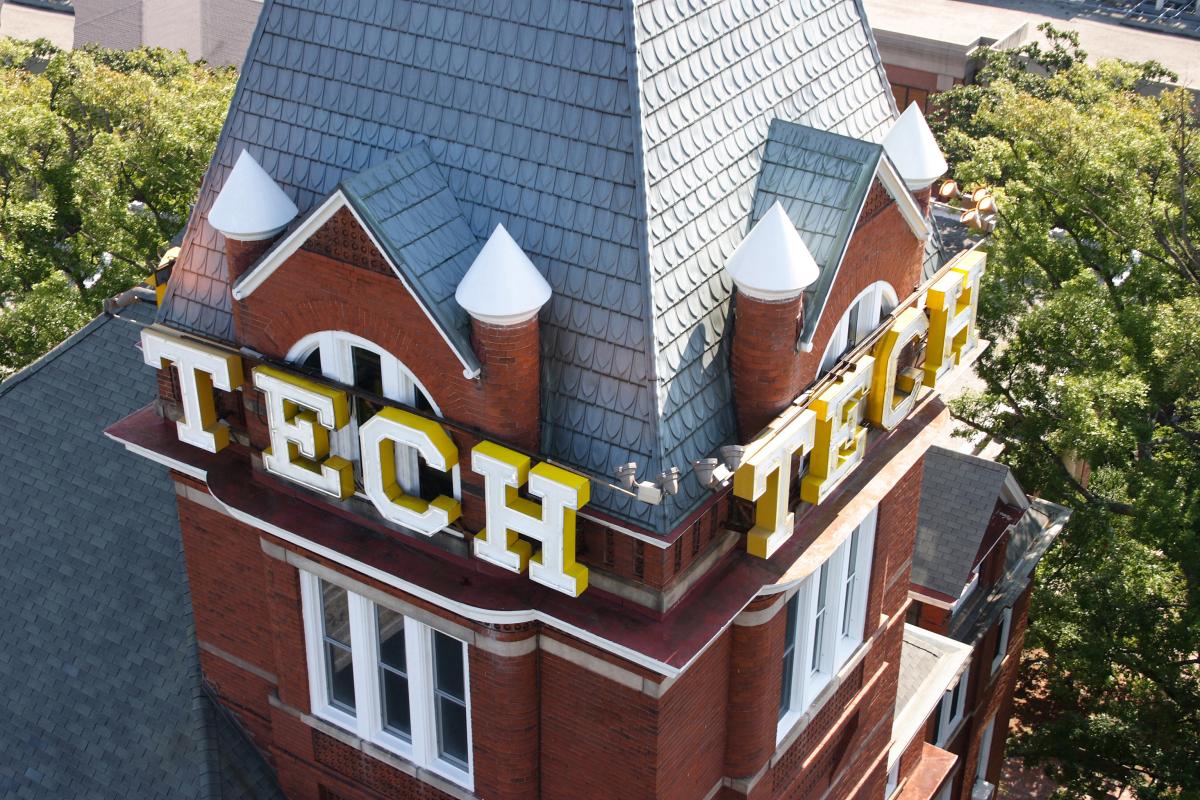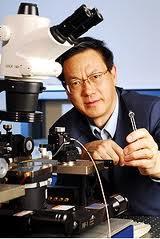
Wang, is a regents’ professor and director of the Georgia Institute of Technology’s Center for Nanostructure Characterization. He helped found a number of national nanoscience research and education programs and facilities in China.
According to Wang in an interview with China Daily, "There are three main reasons that I was honored. First, I have graduated, trained and supervised more than 120 Chinese PhD students, postdoctoral fellows and visiting scientists. This is a great contribution to the training of young scientists," said Wang. "Second, I have collaborated with researchers at more than 15 universities and research institutes in the last 20 years, and we have published close to 100 research papers. Last, I have initiated the first joint PhD program between Georgia Tech and Peking University."
Wang has made original and innovative contributions to the synthesis, discovery, characterization and understanding of fundamental physical properties of oxide nanobelts and nanowires, as well as applications of nanowires in energy sciences, electronics, optoelectronics and biological science. He is the leader figure in ZnO nanostructure research. His discovery and breakthroughs in developing nanogenerators establish the principle and technological road map for harvesting mechanical energy from environment and biological systems for powering a personal electronics. His research on self-powered nanosystems has inspired the worldwide effort in academia and industry for studying energy for micro-nano-systems, which is now a distinct disciplinary in energy research and future sensor networks. He coined and pioneered the field of piezotronics and piezo-phototronics by introducing piezoelectric potential gated charge transport process in fabricating new electronic and optoelectronic devices. This historical breakthrough by redesign CMOS transistor has important applications in smart MEMS/NEMS, nanorobotics, human-electronics interface and sensors. Wang also invented and pioneered the in-situ technique for measuring the mechanical and electrical properties of a single nanotube/nanowire inside a transmission electron microscope (TEM).
For more information - http://www.chinadaily.com.cn/china/2014-01/10/content_17229574.htm
